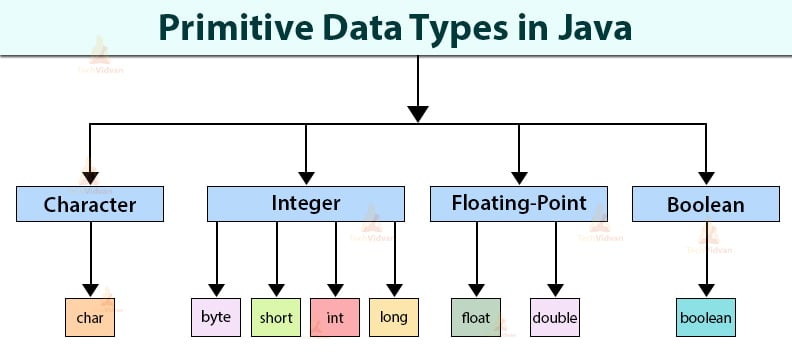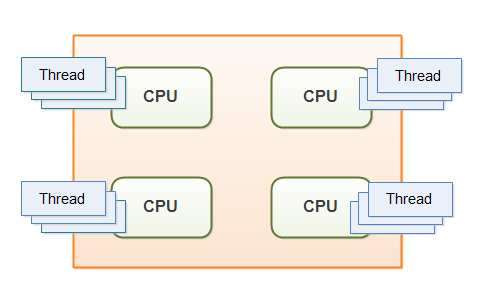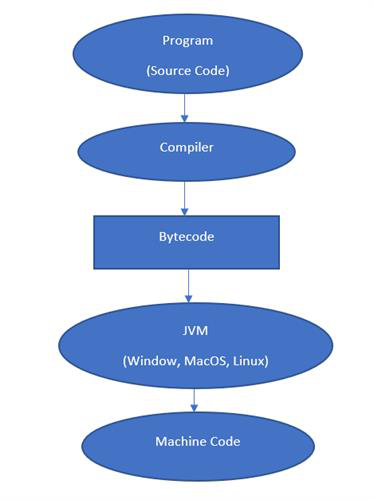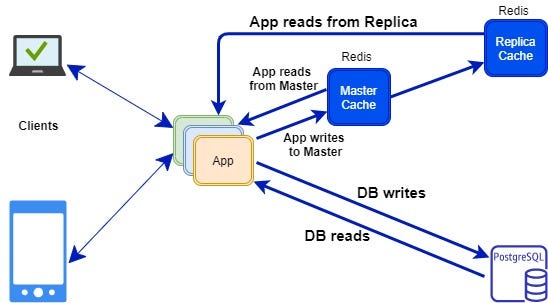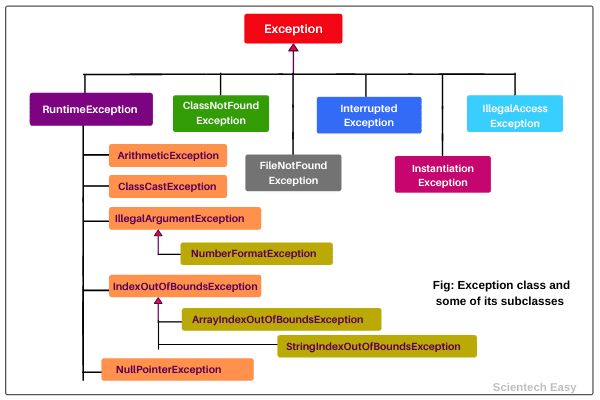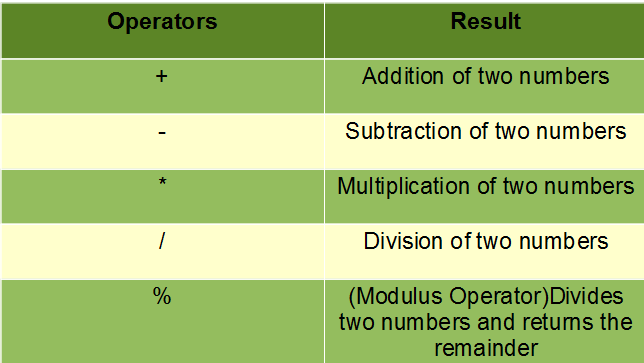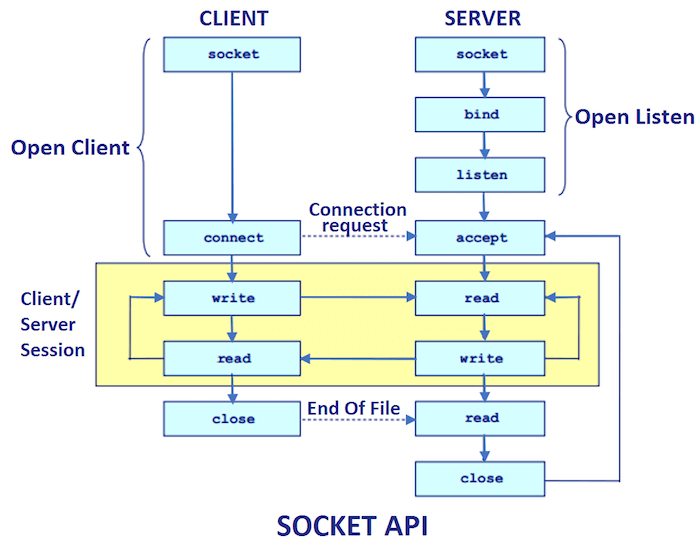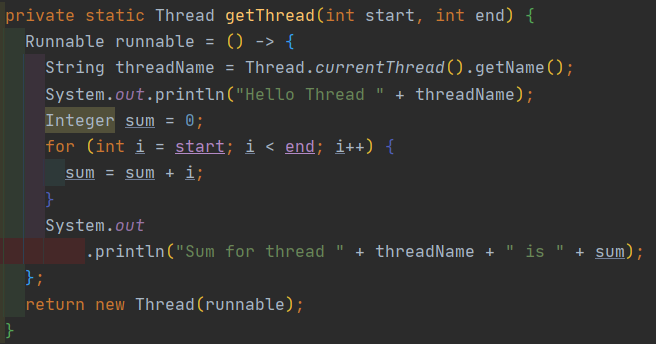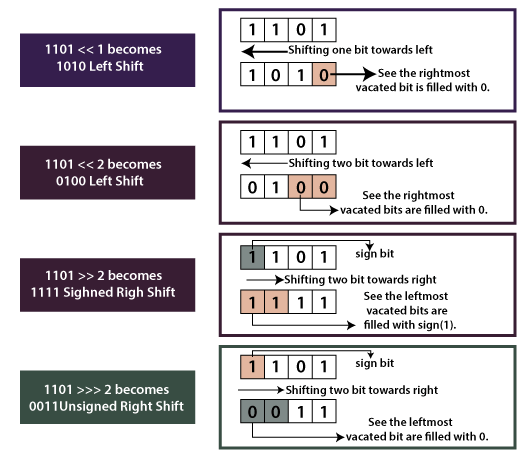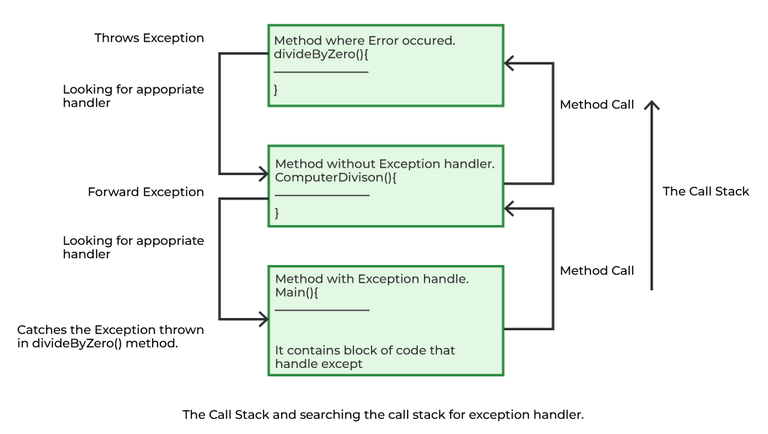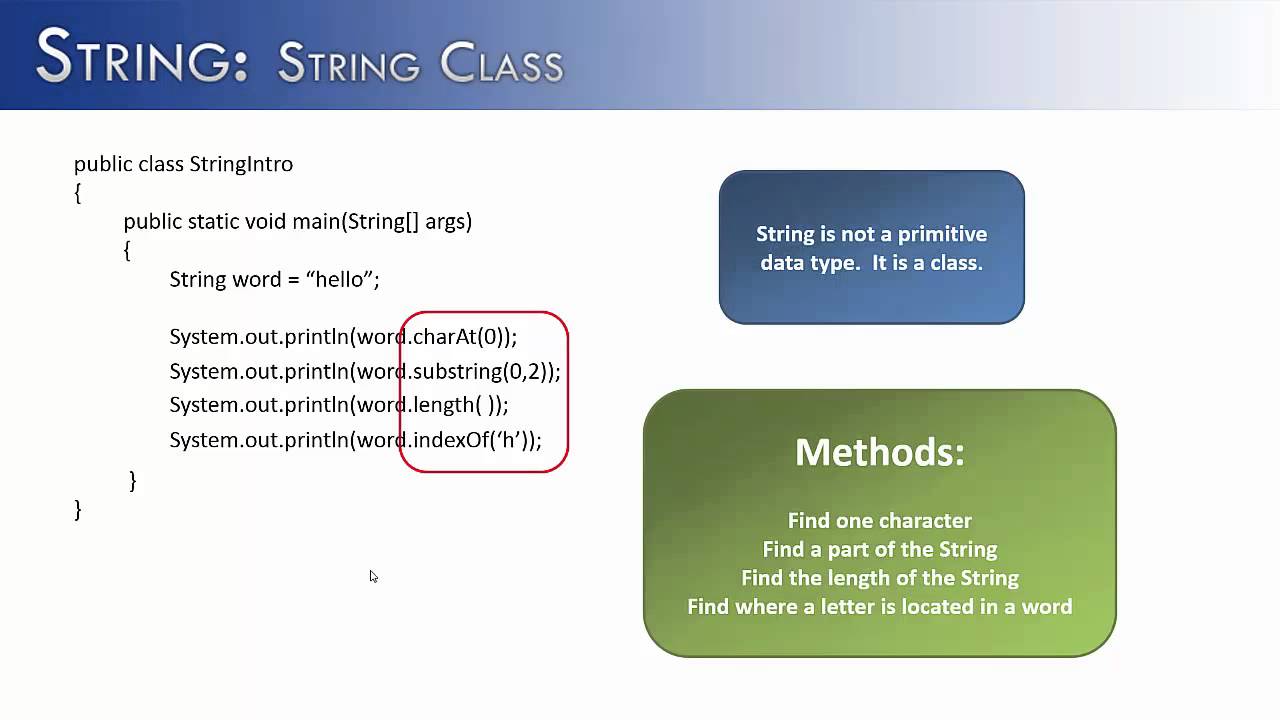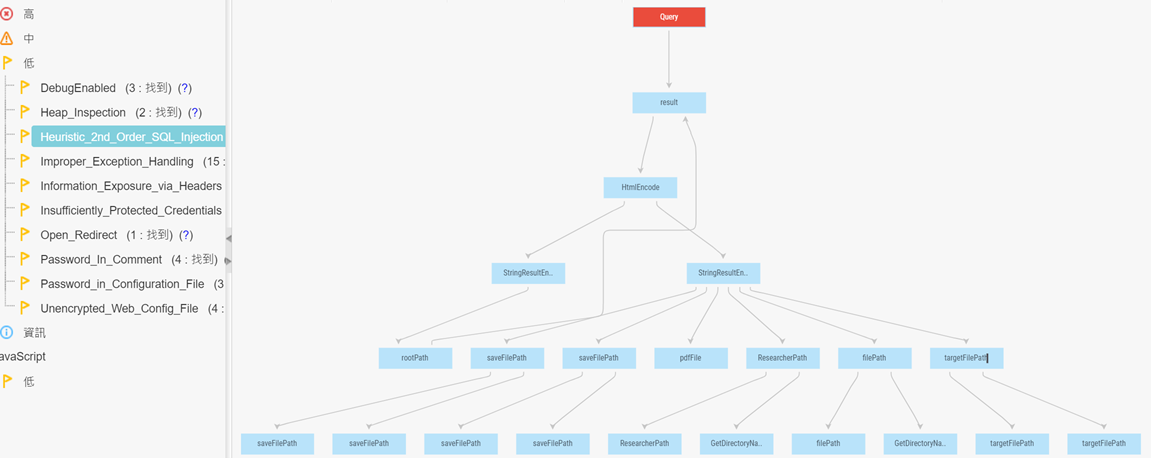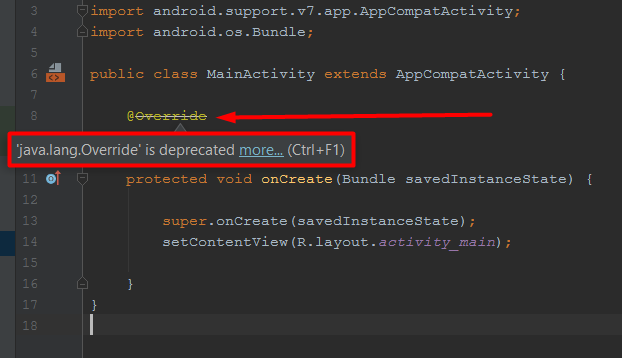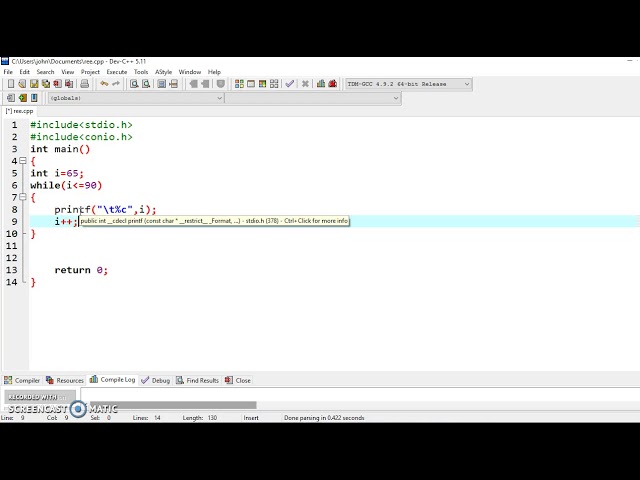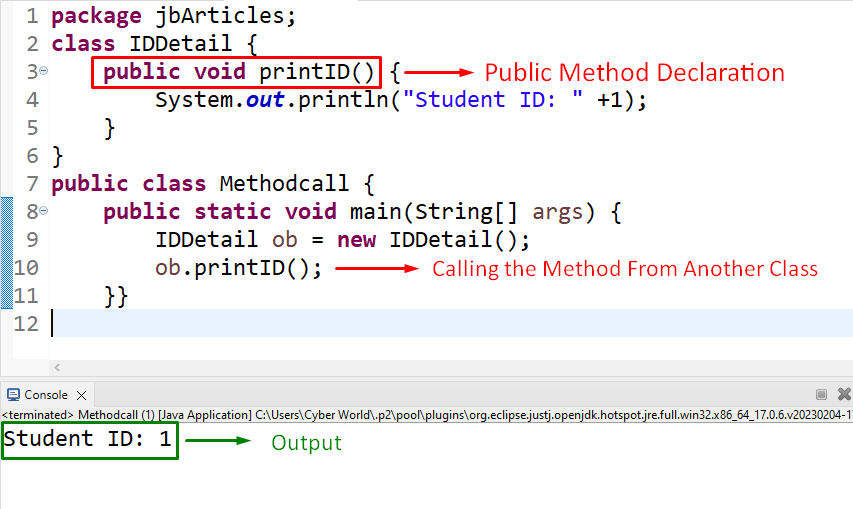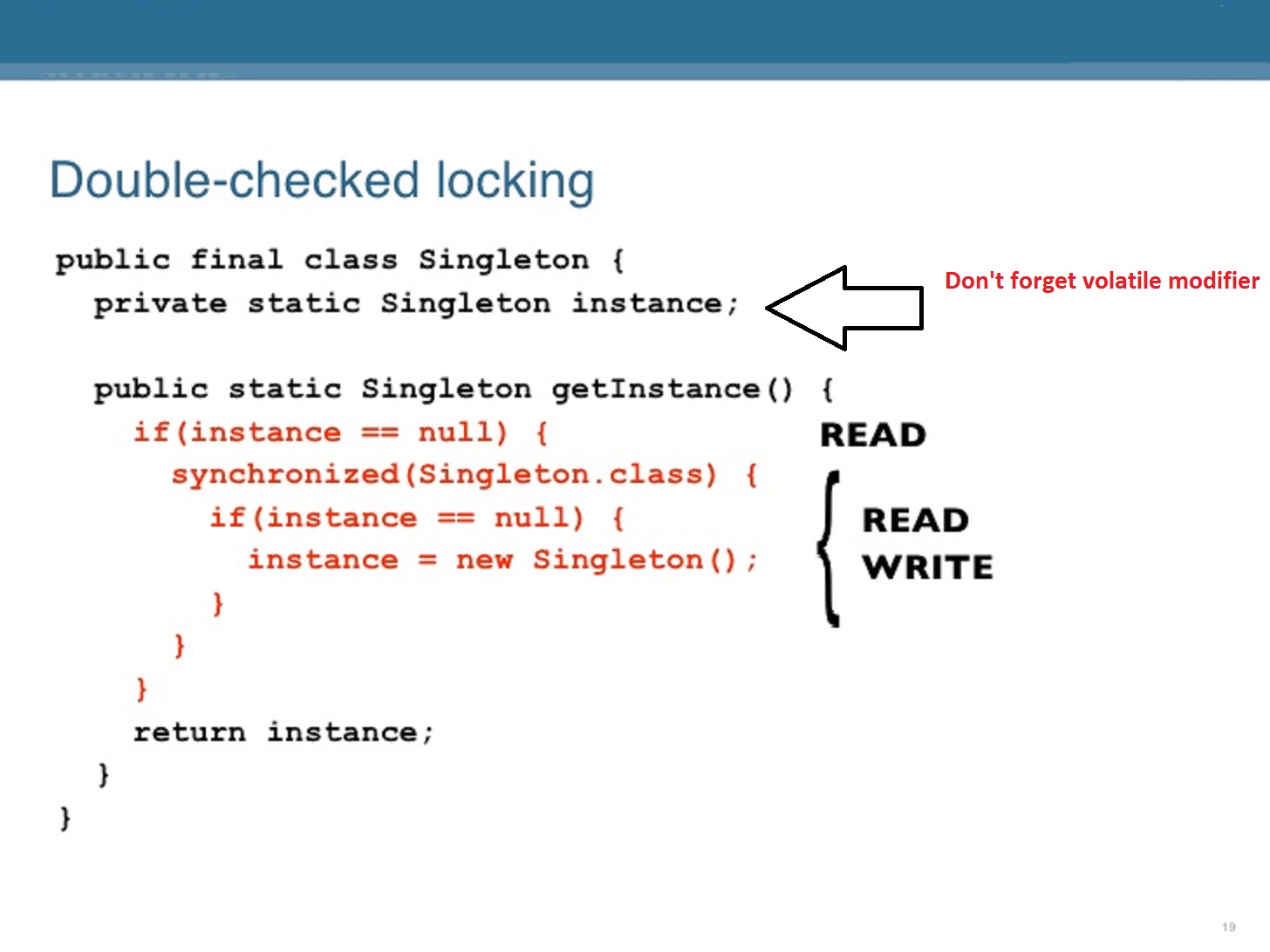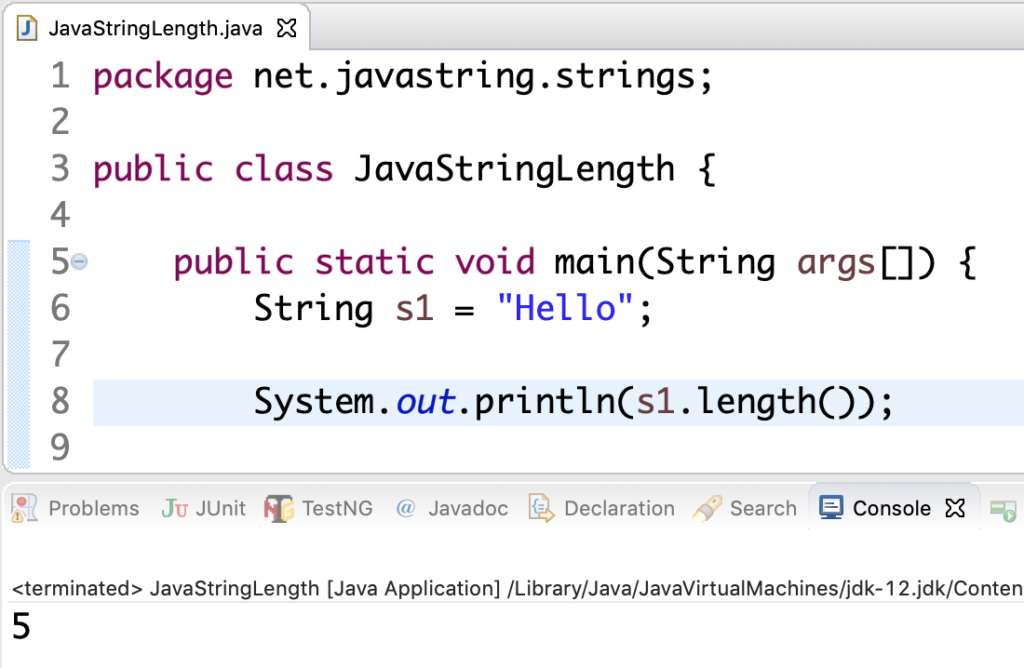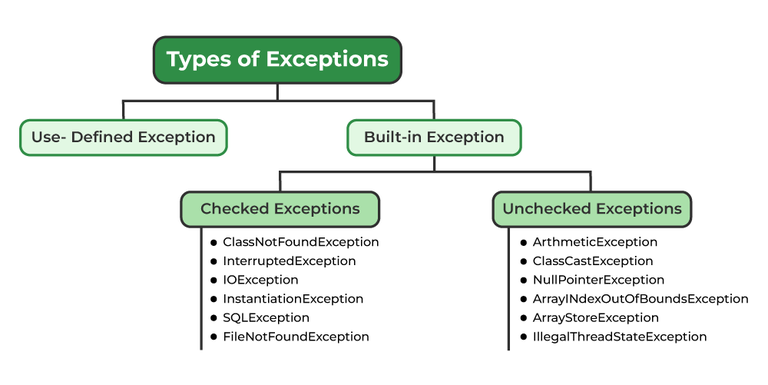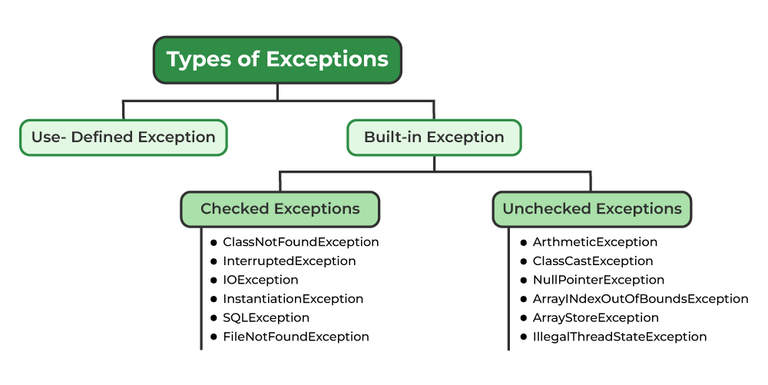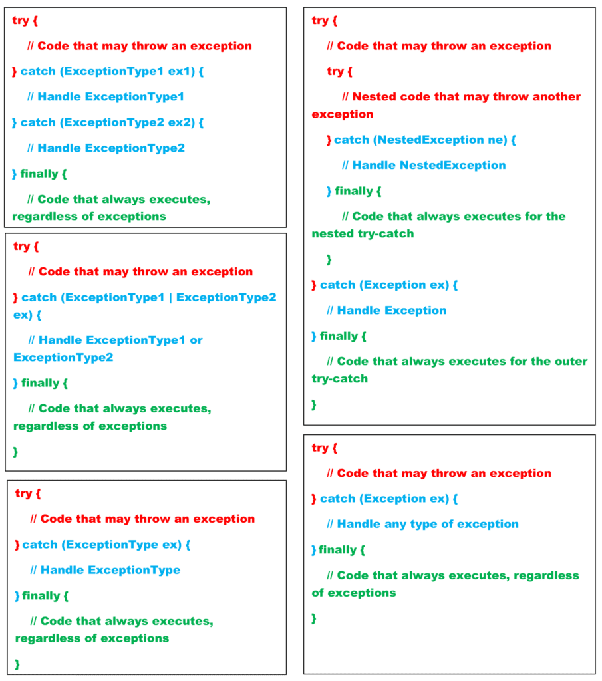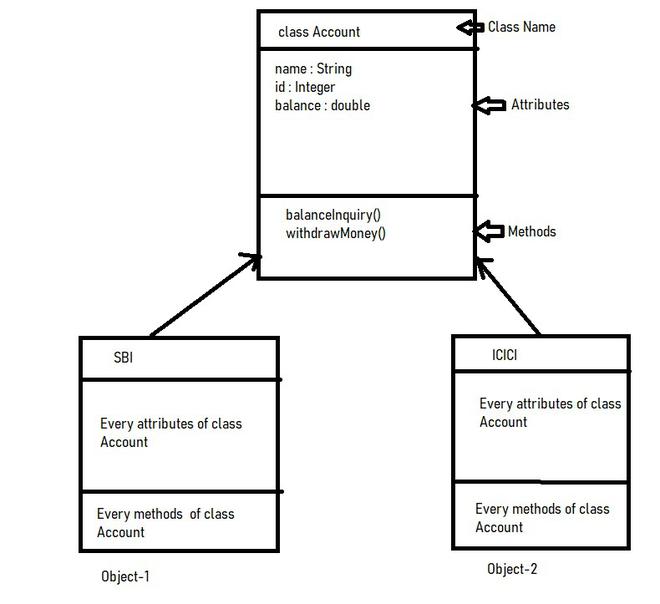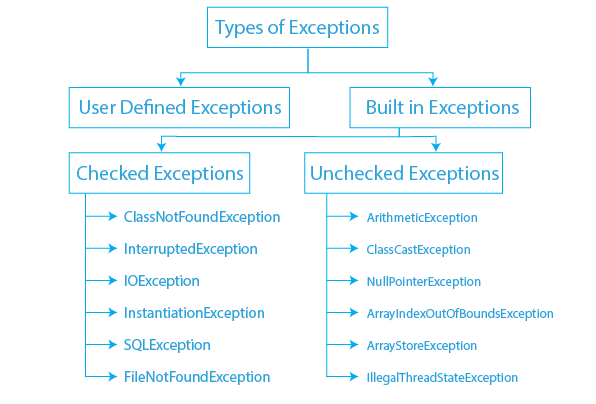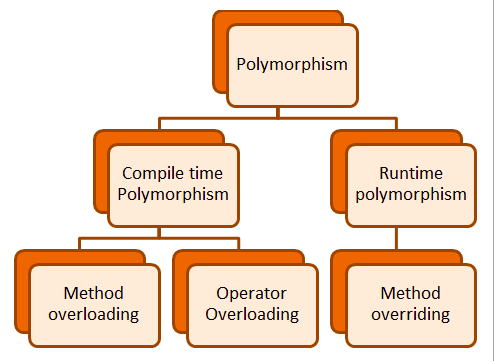Concurrent programming Java
Concurrent programming Java

I'm happy to respond in English!
Concurrent programming is a fundamental concept in computer science that allows multiple threads or processes to execute simultaneously, improving the overall performance and responsiveness of an application. In Java, concurrency is implemented using threads, which are lightweight processes that share the same memory space as the parent process.
Java provides several ways to create and manage threads, including:
Thread Class: The Thread class represents a single thread and provides methods for starting, stopping, and synchronizing thread execution. Runnable Interface: The Runnable interface defines a single-method interface (run) that is called when the thread starts executing. Callable Interface: The Callable interface extends the Runnable interface with a call() method that returns a value.To create a new thread in Java, you can extend the Thread class and override its run() method or implement the Runnable interface and create a new thread using the Thread constructor.
Here's an example of creating a new thread using the Thread class:
public class MyThread extends Thread {
public void run() {
for (int i = 0; i < 10; i++) {
System.out.println("Hello from Thread!");
try {
Thread.sleep(100);
} catch (InterruptedException e) {
Thread.currentThread().interrupt();
}
}
}
public static void main(String[] args) {
MyThread thread = new MyThread();
thread.start(); // starts the thread
}
}
In this example, we create a new thread that prints "Hello from Thread!" every 100 milliseconds.
Java also provides synchronization mechanisms to ensure threads cooperate and avoid conflicts. These include:
Synchronized Methods: Methods can be declared as synchronized using thesynchronized keyword, which ensures only one thread executes the method at a time. Lock Objects: Threads can lock objects (e.g., ReentrantLock) to prevent other threads from accessing them simultaneously. Atomic Variables: Java provides atomic variables that can be updated concurrently without compromising integrity.
Additionally, Java's Executor Framework allows you to manage and execute tasks asynchronously using a pool of worker threads.
Concurrency is essential in modern computing as it enables applications to:
Improve Responsiveness: Allow multiple threads to execute simultaneously, improving the overall responsiveness of an application. Take Advantage of Multi-Core Processors: Leverage multi-core processors by allocating different threads to each core, enhancing performance and scalability. Handle Asynchronous Operations: Handle long-running operations without blocking other tasks, ensuring a more responsive user experience.In conclusion, concurrency is a powerful concept in Java programming that allows developers to create efficient, scalable, and responsive applications. By mastering concurrency, you can build robust systems that handle multiple tasks simultaneously and take advantage of modern computing hardware.
Java Concurrency Lock object
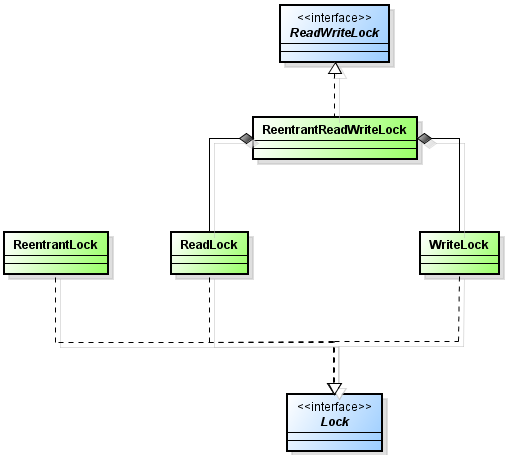
Java Concurrency Lock Object: synchronized and ReentrantLock
Concurrency control is a crucial aspect of multithreaded programming, ensuring that shared resources are accessed safely by multiple threads without causing data inconsistencies or logical errors. In Java, the synchronized keyword and the ReentrantLock class are two essential lock objects that help achieve concurrency control.
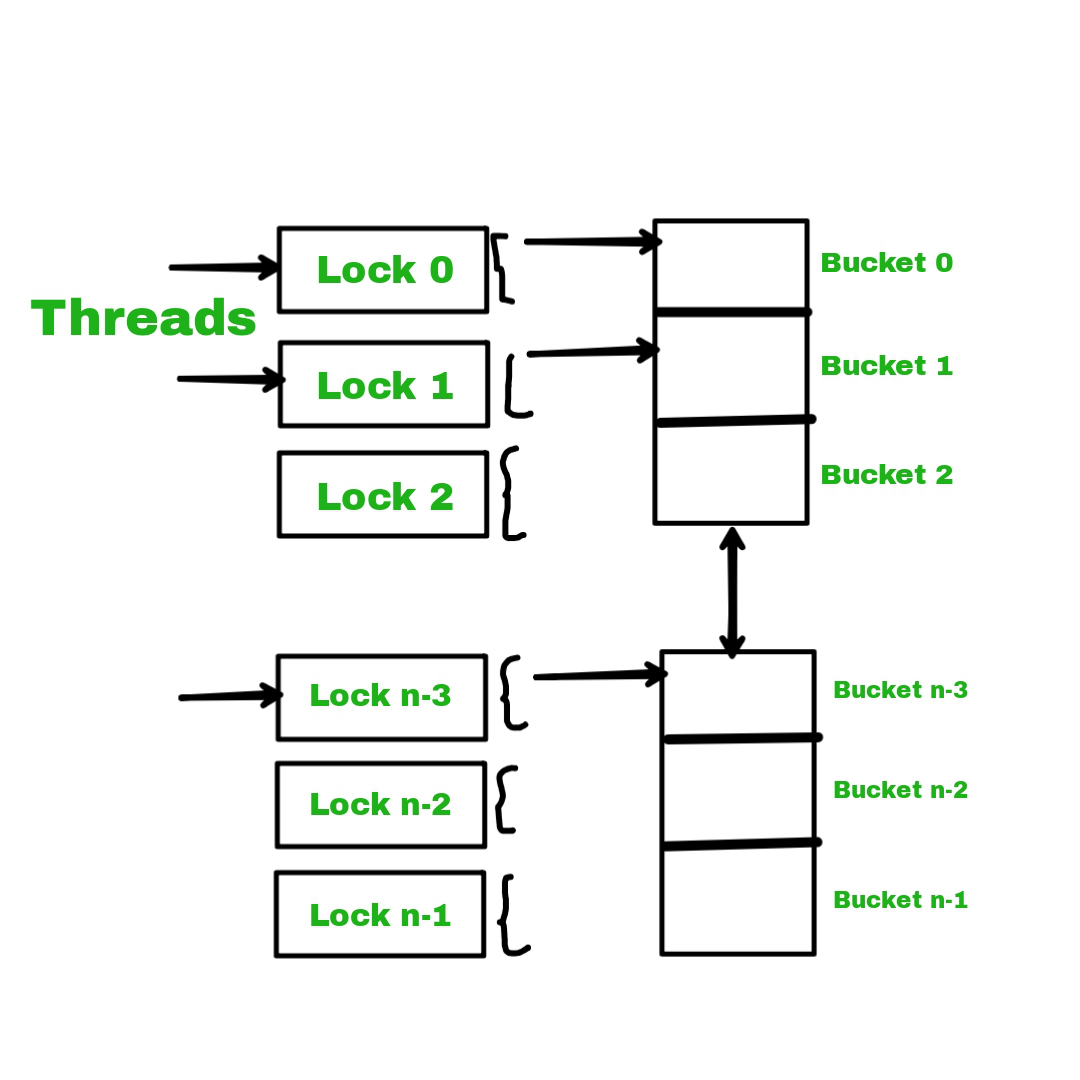
1. Synchronized Keyword
The synchronized keyword is a fundamental locking mechanism in Java, allowing you to synchronize access to a block of code by ensuring only one thread executes it at a time. When a method or block of code is declared as synchronized, the Java Virtual Machine (JVM) guarantees that only one thread can execute the code at any given moment.
To use synchronized, you declare the method or block as follows:
public synchronized void someMethod() {
// code to be executed synchronously
}
The JVM uses a lock associated with an object (usually the object that contains the synchronized code) to enforce this exclusivity. When a thread tries to execute a synchronized method, it must acquire the lock before proceeding. If another thread already holds the lock, the requesting thread will wait until the lock is released.
2. ReentrantLock Class
The ReentrantLock class provides more advanced locking features compared to synchronized. Introduced in Java 5 (also known as Java 1.5), ReentrantLock offers finer-grained control over concurrency, allowing for more efficient and flexible synchronization mechanisms.
Some key benefits of using ReentrantLock include:
ReentrantLock supports condition variables, which enable threads to wait until a specific condition is met before continuing execution.
To use ReentrantLock, you create an instance of the class and call its lock() method to acquire the lock:
import java.util.concurrent.locks.ReentrantLock;
public class MyThreadSafeClass {
private ReentrantLock myLock = new ReentrantLock();
public void someMethod() {
myLock.lock();
try {
// code to be executed synchronously
} finally {
myLock.unlock();
}
}
}
Conclusion
In conclusion, synchronized and ReentrantLock are essential lock objects in Java that help manage concurrency and ensure thread-safe access to shared resources. While synchronized provides a simple, straightforward locking mechanism, ReentrantLock offers more advanced features for finer-grained control over concurrency. By choosing the right locking object for your specific use case, you can write more efficient, robust, and scalable concurrent code in Java.
